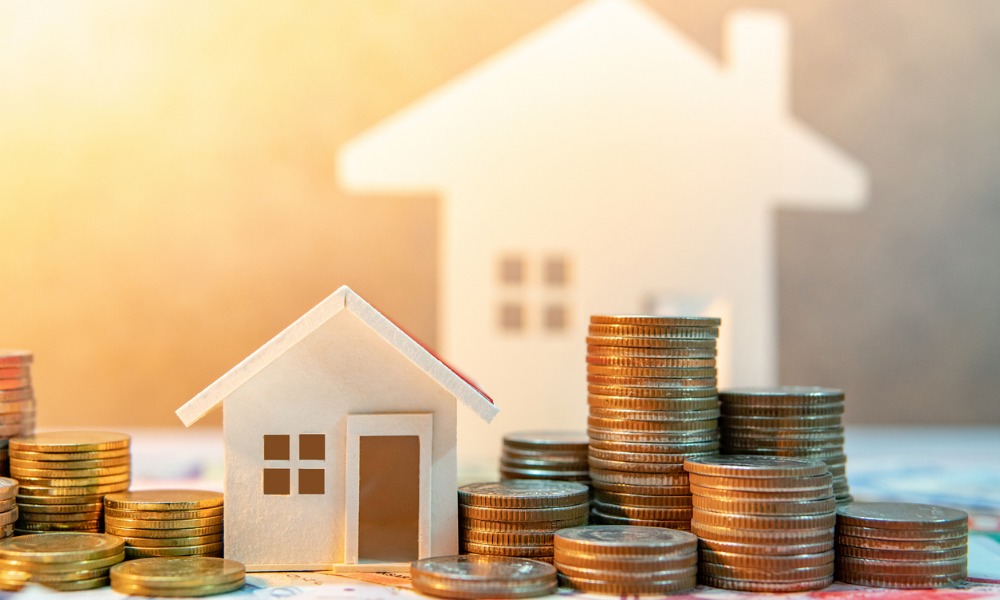Fleming said that the increase in housing market potential could be attributed to low mortgage rates and the uptick in household income – both contributing to higher house-buying power, which has increased 1.9% since last month.
Read more: Delta variant fears take a toll on mortgage rates
“The primary driver of the increase in house-buying power was the ‘Delta dip’ in mortgage rates, a 0.1 percentage point decline in the 30-year, fixed mortgage rate partly due to economic and health uncertainty from the Delta variant putting downward pressure on Treasury yields and, in turn, mortgage rates,” he said. “Holding income constant at its June level, the ‘Delta dip’ in mortgage rates contributed to a $7,000 increase in house-buying power. Household income also ticked up, generating a $2,500 increase in house-buying power. The total $9,500 increase in house-buying power boosted market potential by a strong 41,300 potential home sales.”
However, these were partially offset by an increase in the average length of time people live in their homes and the negative impact of the housing shortage on market potential, reducing it by 9,100 potential home sales compared with one month ago.
“Overall, the average length of time people stay in their home has been increasing since the aftermath of the housing market crash a decade ago, meaning fewer and fewer people are listing their homes for sale, which keeps housing supply tight and restrains potential sales,” Fleming said. “You can’t buy what’s not for sale, even if your buying power says you can afford it.”

